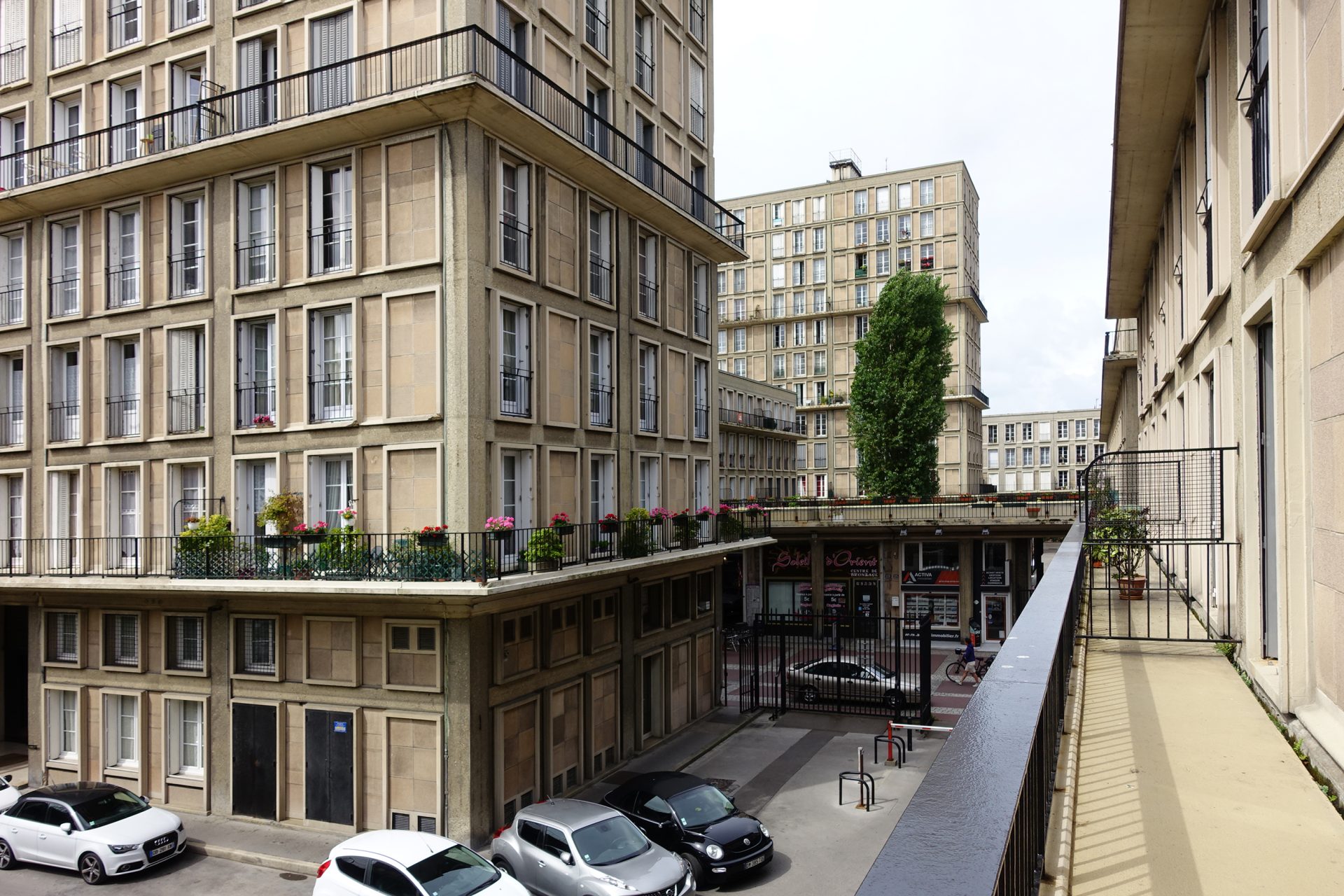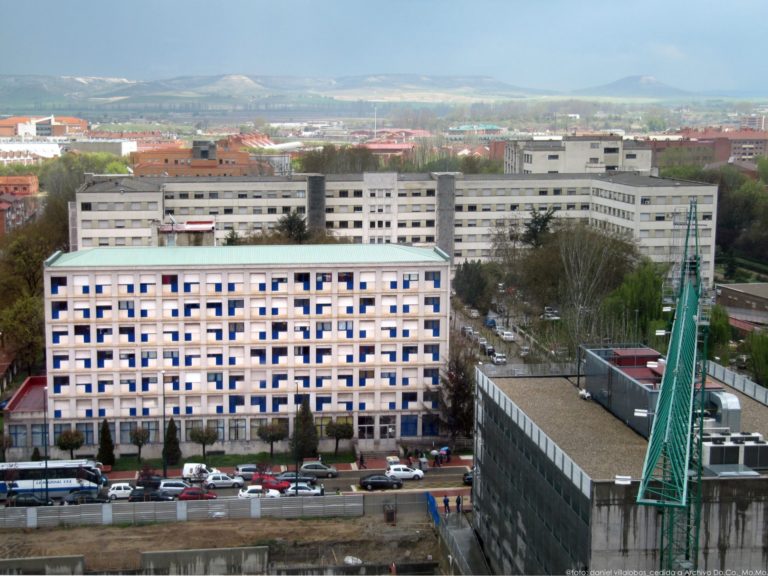
Although we often refer to the emergence of modern architecture as a moment of breaking with what came before, there is no one outstanding historical event that can be taken as its origin, nor is there a single work of architecture that can be considered foundational.
“Modern architecture was evolved less than a century ago to reconcile an idealized vision of society whith the forces of the Industrial Revolution. While it made drastic breaks with the past it also allowed the basic principles of architecture to be rethought in new ways”.[1]
[1] Preface to the first edition”, in CURTIS J.R., William, Modern Architecture since 1900 [1982], Phaidon Press Limited, London, 1996 (third edition revised, expanded and redesigned), p. 7.
Historians and critics have dedicated extensive efforts to tracing the origins of the birth of modern architecture, either due to a need to contextualize it within a broader history of architecture and art, or in an attempt to clarify the term. One good way to begin defining what we are talking about when we say modern architecture is to try to explain when, how, where and why it emerged.
There is no one single answer: the great historians of architecture have sought its the origins in different times and places, and their findings show some coincidences along with many variations and alternative versions. The best way to shed light on the subject is to treat them all as valid (and complementary) and none of them as categorical.












